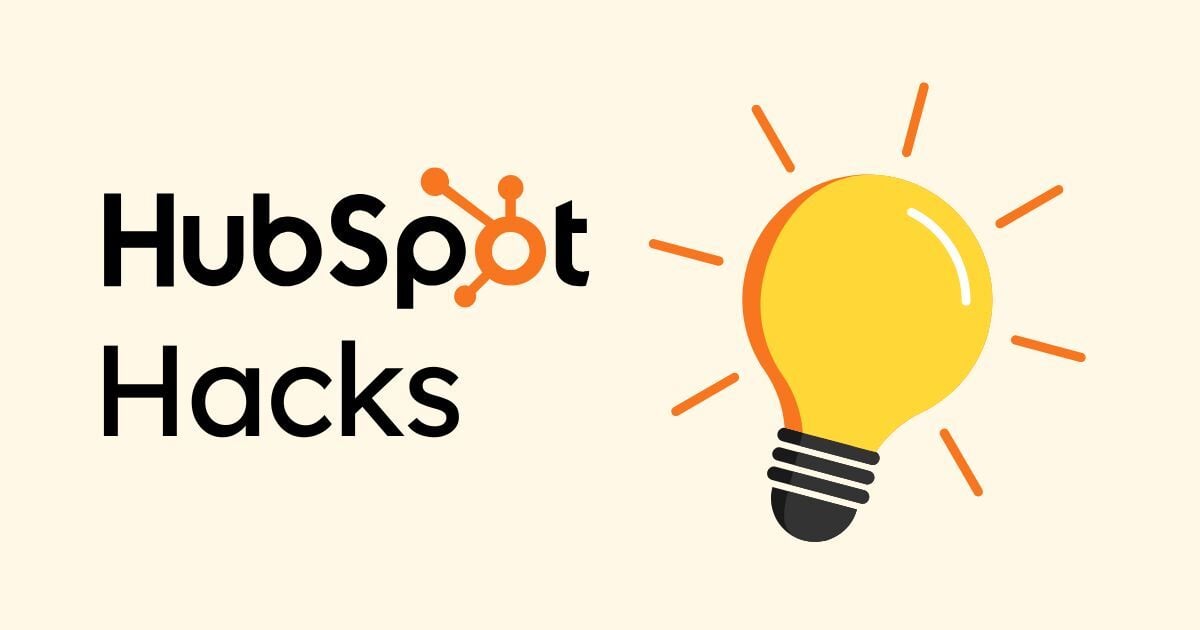
Navigating the Landscape of Paid Lead Generation

Welcome to the dynamic and ever-evolving landscape of digital marketing! Businesses are constantly seeking innovative ways to stand out. Paid lead generation has emerged as a critical strategy to cut through the noise and reach your target audience directly.
Paid media lead generation encompasses a variety of tactics that enable businesses to reach new prospects. By carefully selecting the right platforms based on audience demographics and interests, you can tailor your messaging to resonate with potential customers and drive conversions.
Whether you’re a seasoned marketer or just dipping your toes into digital waters, understanding how to leverage paid media effectively can be a game-changer for your lead generation efforts.
Paid Lead Generation Strategies
Paid lead generation is a multifaceted approach that involves a combination of strategies to attract and convert target audiences through financial investment.
Pay-Per-Click (PPC) advertising allows advertisers to pay a fee for each click, making it a cornerstone of search engine marketing with platforms like Google Ads at the forefront.
Social media advertising taps into the vast user bases of platforms like Facebook, Instagram, and LinkedIn, offering targeted advertising based on user demographics, interests, and more.
Display advertising places visual ads on a network of websites, targeting users based on their browsing behavior or the content they consume, while native advertising integrates ads seamlessly with website content, enhancing user engagement without being overtly promotional. With so many platforms out there, choosing the right one can feel overwhelming. Consider your target audience, campaign goals, and budget when selecting a platform. Remember, where your audience hangs out, your ads should too.
Expanding beyond these traditional methods, co-marketing and influencer marketing have become increasingly important. The key to a successful co-marketing campaign lies in finding the right partner whose products or services complement your own, ensuring that both brands align in values and audience demographics. This strategy can greatly improve a campaign’s effectiveness by combining strengths and sharing the marketing load.
Influencer marketing, on the other hand, harnesses the power of individuals with significant social followings to promote products in a more authentic and engaging way. Influencers can sway their followers’ purchasing decisions by creating content that naturally incorporates products, making it a powerful tool for brands looking to expand their reach and credibility.
Affiliate marketing further diversifies paid lead generation efforts by offering commissions to external sites or individuals for traffic or sales generated from their referrals. This performance-based approach extends a brand’s reach through strategic partnerships, making it an essential component of a comprehensive digital marketing strategy.
“In 2024, affiliate and co-marketing efforts have to be tailored to audiences with shorter attention spans and much shorter windows of time to generate an engagement. We see the greatest success in campaigns and strategies that are tailored to a specifically targeted audience, and are fine tuned to capture a user’s attention and engagement with the delicate balance of standing out from the noise in other campaigns, and without being too niche to miss attention. Knowing your audience and knowing what type of affiliate content, through whatever medium it may be, will capture just a few seconds of attention in the massive volume of information received every day is more critical now than ever.”
– Michael Murray, Vice President – Capital Markets Partnerships at Benzinga
Direct response marketing is all about eliciting an immediate action. It’s not just about getting your name out there; it’s about encouraging potential leads to act now. Use persuasive ad copy, clear CTAs, and tailor your messages to the specific needs and interests of your audience. When done right, direct response marketing can significantly boost your lead generation efforts.
Together, these varied types of paid lead generation create a robust toolkit for marketers aiming to attract, engage, and convert their target audience in the competitive digital landscape.
Budgeting
The pay-per-lead (PPL) marketing model is like a buffet – you pay a fixed price and enjoy all the leads you can generate. Sounds great, right? But as with buffets, it’s not for everyone. Here are some bitesize insights:
- Fixed Costs: Budgeting becomes a breeze when costs are predictable. You know exactly what each lead will cost you, allowing for clearer ROI calculations.
- The Sky’s the Limit: Theoretically, there’s no cap on how much you can earn, especially if you’re in a hot market. However, reality checks often come in the form of client budgets.
- Quality vs. Quantity: While getting leads is fantastic, the quality of those leads is paramount. High-quality leads are more likely to convert, making them more valuable in the long run .
Managing your ad budget wisely is critical to ensuring your paid media efforts are not just a shot in the dark. To keep your campaigns financially healthy and performance-driven, allocate your budget based on campaign goals and audience insights. A well-planned budget ensures you’re investing in the right places.
Performance Metrics
Keep a close eye on metrics like conversion rates, CPC, and CTR. These indicators will tell you whether your ads are hitting the mark or missing the target. Taking advantage of powerful tools like HubSpot enables you to create, deploy, track, and manage your campaigns and your audience in one place, allowing you the instant gratification of tracking what is working and what isn’t. Using a CRM, such as HubSpot, can assist in a direct correlation of your ad budget and your bottom line.
Incorporating Michael Murray’s advice, it’s clear that marketing strategies, whether co-marketing, influencer, or affiliate efforts, must be crafted with precision. Understand the nuanced preferences of your target audience and create campaigns that are not just seen but felt. This means selecting partners whose audiences align with your own, influencers who share your brand’s values and enthusiasm, and affiliates who can genuinely advocate for your products. Each piece of content, each partnership, should be a step towards creating a memorable impression that cuts through the noise, without sacrificing authenticity for attention.
In the digital marketing realm, paid media lead generation is both an art and a science. By understanding your audience, optimizing your strategies, and continuously refining your approach, you can turn clicks into customers. Remember, in a world where attention is the currency, making every interaction count is what sets successful businesses apart. Happy marketing!
Recap: Quick Tips for Effective Paid Media Lead Generation
- Audience: Determine the audience you are targeting.
- Strategy: Select the combination of strategies that will have the highest propensity to reach your target audience.
- Platform: Choose where your ads live based on where your audience does.
- Budget: Allocate your ad budget with insight and intent.
- Action: Emphasize direct response to drive conversions.
Ready to get started with a paid media lead generation strategy? Gate 39 Media is here to help! Contact us to get started.
You might also be interested in:
Editor’s Picks
If you've been living inside HubSpot like we have, you know the true magic is in the small, hidden tricks—those little shortcuts that save hours and...


Connect with us to discover how we can help your business grow.
.jpg)
